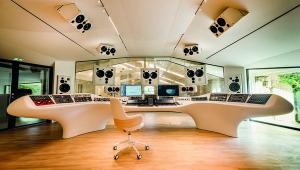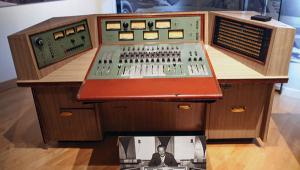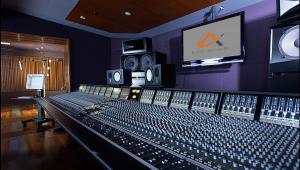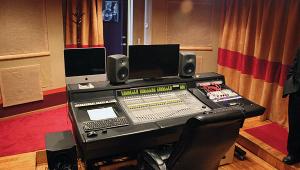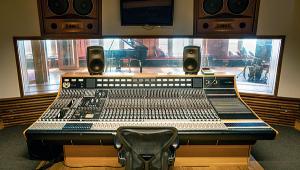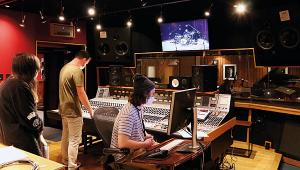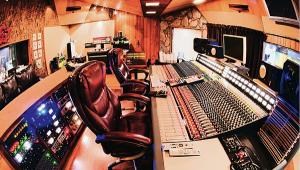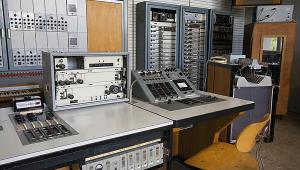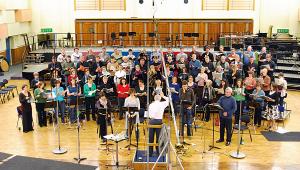Sawmills Studio
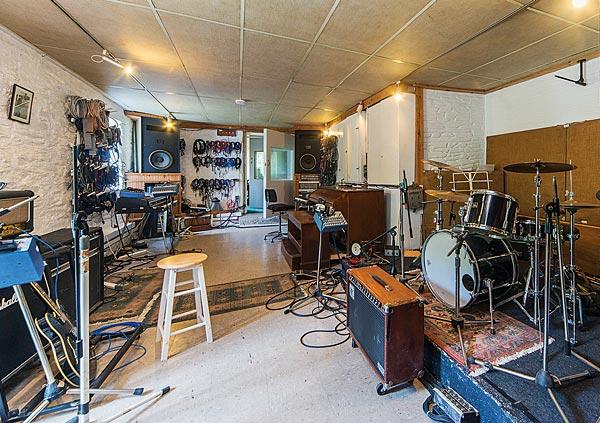
Leaving the main stream, they passed into what seemed at first sight like a little land-locked lake. Green turf sloped down to either edge, brown snaky tree-roots gleamed below the surface, while ahead of them the silvery shoulder and foamy tumble of a weir, arm-in-arm with a restless dripping mill-wheel filled the air with a soothing murmur of sound... It was so very beautiful that the Mole could only hold up both forepaws and gasp, "O my! O my! O my!"'.
In case you were wondering, Ratty and Mole were on their way to Sawmills. Well, sort of… When Kenneth Grahame was writing The Wind In The Willows back in 1907, he was staying in Fowey in Cornwall. He'd taken an excursion up the river with some friends to picnic in a hidden creek. This, it's accepted, provided the inspiration for Ratty and Mole's picnic in the book's opening chapter.

Water Music
It just so happens that there is only one creek with a water mill in those environs, and that's Bodmin Pill. The mill-house, of course, is Sawmills, which stands on the banks of the tidal Pill, a tributary of the River Fowey, and only accessible by boat or on foot along an ancient path known as The Saints' Way. It's a pretty wondrous place with quite a history. There was a Stone Age settlement hereabouts, the Domesday book gives the area mention and there's a medieval quay still visible at the head of the creek.
During the First World War, the woodland which surrounds the Mill was coppiced for timber sent to the Western front. During World War Two, The Old Sawmills was requisitioned by the US Army for preparations in the run-up to the D-Day landings. And today – which is why we're talking about all this – it's one of the UK's most exclusive, not to say enchanting, recording studios.
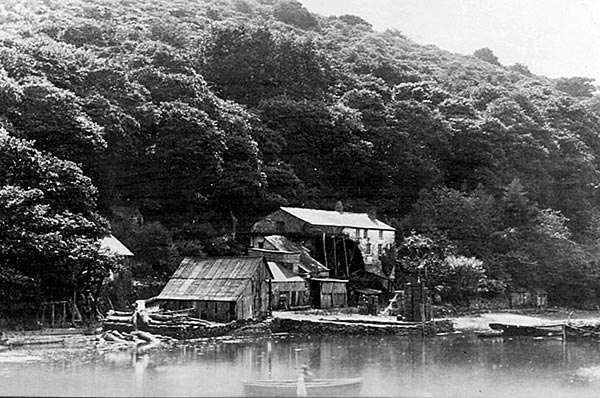
Downtime Hi-Jinks
Opened in early 1974 by producer Tony Cox as one of the country's first residential recording locations, Sawmills was an instant success, its quirky access and romantic setting offering privacy, seclusion and plenty of opportunity for downtime hi-jinks such as kayaking, paddle boarding, hiking and fishing from the quay.
According to producer John Leckie [HFN Aug '17], 'If they tell you to be there at four o'clock to get the gear in and you turn up at five and the tide's gone, you have to wait 12 hours before your next chance'.
The structure of the studio is a control room and machine room, plus a live room with two isolation booths and 'The Cave', a small bare rock area at the back. And, without having to worry about disturbing any neighbours, there's the option to record outside and take advantage of the 'Creek Ambience'.
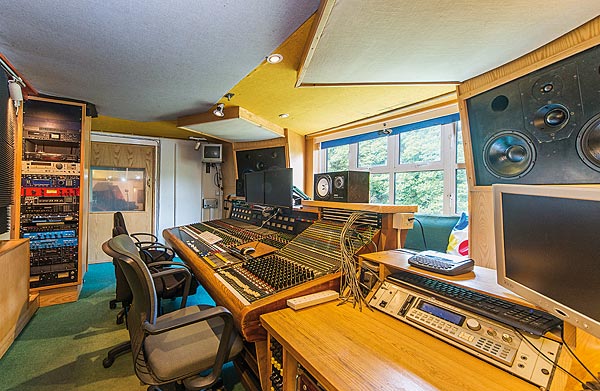
To complement the relaxed but focused environment, the Sawmills studio has always prided itself on the quality of its vintage recording equipment. In-house engineer John Cornfield explains: 'I got involved around 1981, and there was still the same basic set-up as when it first opened. We originally had a 16-channel Sound Techniques desk which had been expanded by another eight channels on the end, a pair of Tannoy HPD monitors, a Studer A62, Revox A77 and an Ampex MM1100 – so it was quite sparse. The essential layout of the studio is pretty much the same – the monitors are different, we've had Quested 212s since 1985 or '86. We also have an Ampex ATR and the EMT Plate is still there, in a separate room. And, of course, there are computer screens everywhere now.'
In 1986, the studio acquired its centrepiece, the 82-channel Trident 80B console. Cornfield says: 'We added another 24 channels to the Trident, making additional circuit boards on a metal plate. We added automation to it, which we did on a BBC microcomputer. Trident mic amps are quite noisy so we designed our own, which we put in a select few channels for where we needed low noise. It's got a sound that I personally love. It's a got a really fat bottom end and total clarity'.
And, even as it keeps up with technological advances, Sawmills has gone its own way. While it uses Pro Tools as the main Digital Audio Workstation, it still offers the older Soundscape system.
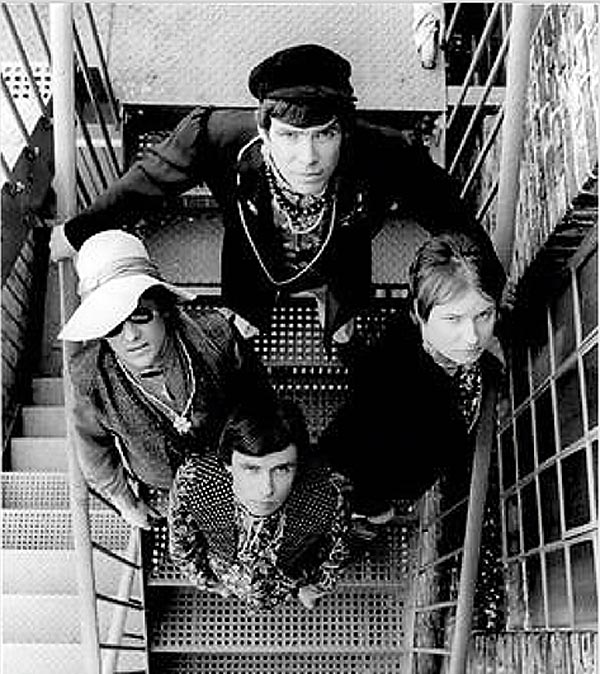
Leckie had always favoured Sawmills and in 1987 he recorded an album there called Chips From The Chocolate Fireball by The Dukes Of Stratosphear, an XTC side-project co-formed by Andy Partridge.
Classic Single
It was this LP that brought Leckie to the attention of The Stone Roses and, after working together on their debut LP, in 1989 he took the band down to Cornwall for 18 days to do a follow-up single.


